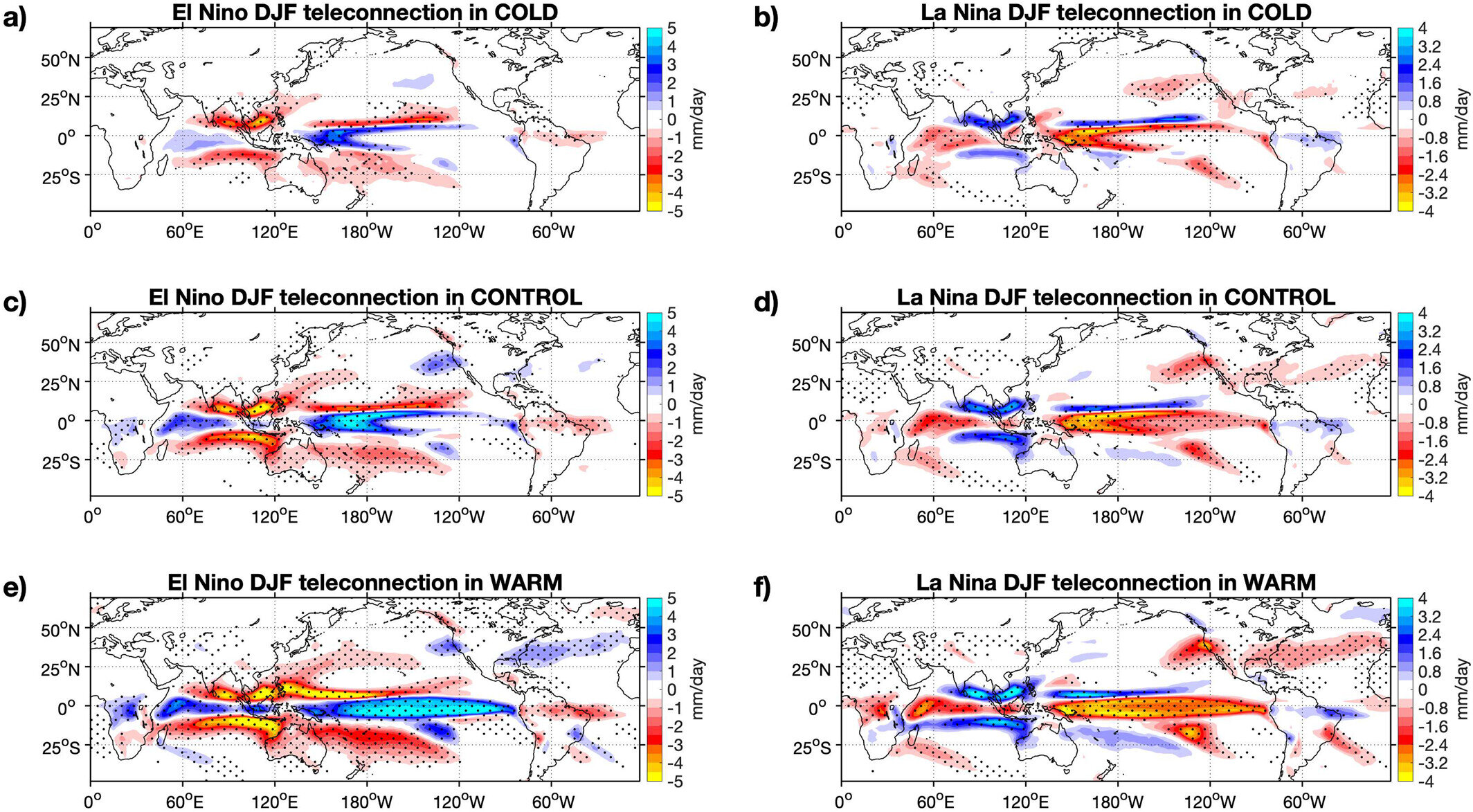A trio of physicists and oceanologists, two with the University of Cologne’s Institute of Geophysics and Meteorology and the third with the GEOMAR Helmholtz Center for Ocean Research Kiel, all in Germany, has found via the CESM1 climate model that an extreme El Niño tipping point could be reached in the coming decades under current emissions.
The study by Tobias Bayr, Stephanie Fiedler and Joke Lübbecke is published in Geophysical Research Letters.
The El Niño‐Southern Oscillation (ENSO) is a climate phenomenon in which heat released in parts of the ocean into the atmosphere results in more rainfall in places like the western coast of North and South America and droughts in places like Canada and Africa. Over the past several years, weather watchers have noticed that ENSO events have become more extreme.
To find out if that might be the case, the researchers gathered historical data, as well as data from other research efforts describing possible weather impacts due to rising global temperatures, and fed it to the CESM1 model then ran it under increased-temperature scenarios. Current estimates suggest that an increase of 2.9°C will occur by 2100 if greenhouse gas emissions are not stopped.
when we continue to allow the ignorant voices as valid opinions, this is certainly what we’ll get


